Tulum’s Gifts to the World
The edible, sensual and spiritual pleasures of Tulum and the Yucatan Peninsula (seven places to eat and stay + cultural highlights)
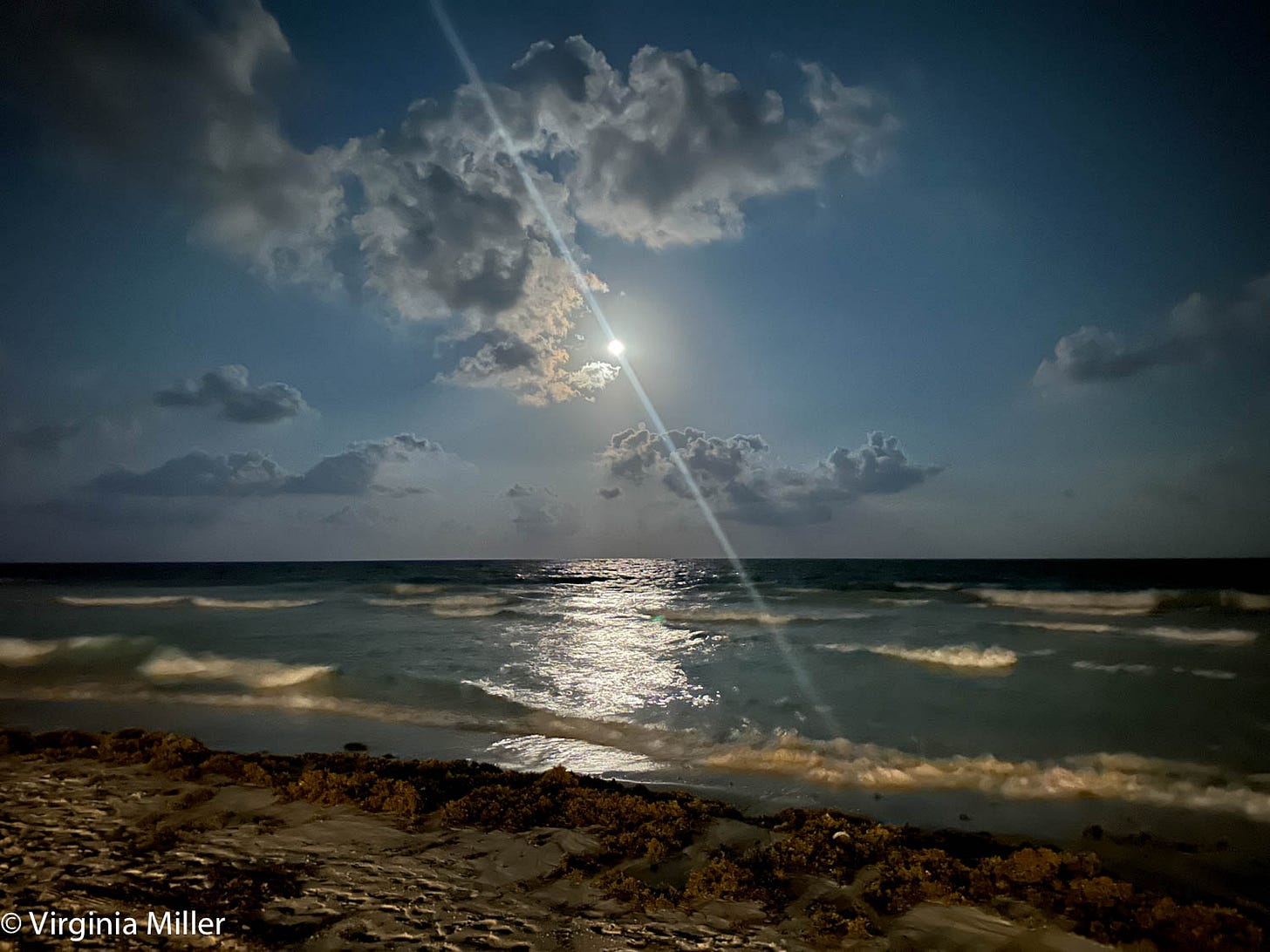
Roughly two hours south of Cancun on the coast of the Mexican state of Quintana Roo, Tulum has long been a boho destination famed for music festivals, DJ parties and its lamplit, thatched roof tropical wonderland. Down one ridiculously long, hassle-to-navigate dirt and sand road lies chic boutique hotels, shops, restaurants with a Bali-meets-Disneyland Adventureland vibe… but one frequented by partying, “seen and be seen” twentysomethings and thirtysomethings.
Frankly, the model-wannabes, half-naked, trying so-hard (for what??) party crowd was such a turn-off, it made me feel as if seeing Tulum once was more than enough. The “eco resort” lies add insult to injury. This is so not the authentic Mexico I’ve long loved.
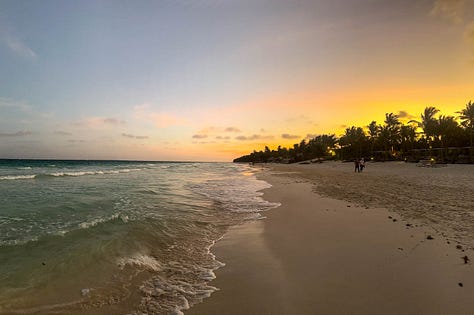
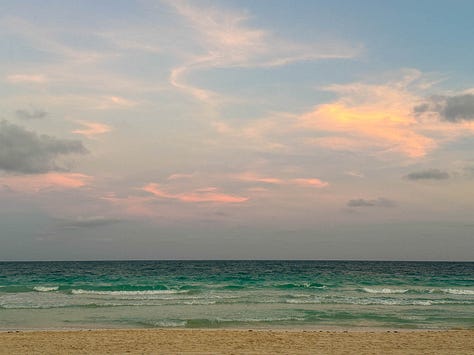
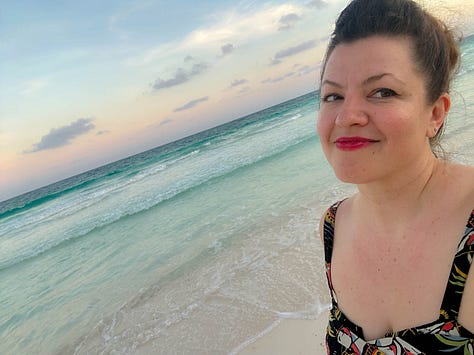
Neither is the faux-spiritual vibe. The authentic spiritual escape is surrounding Tulum in this ancient Mayan region of the Yucatan. Not in Tulum’s club-thumping streets. Furthermore, in the generator-run (no electrical grid) “hotel zone,” unstable wifi and power outages are common (we had one while I was there, meaning no wifi and no air conditioning in this uber-hot, muggy climate).
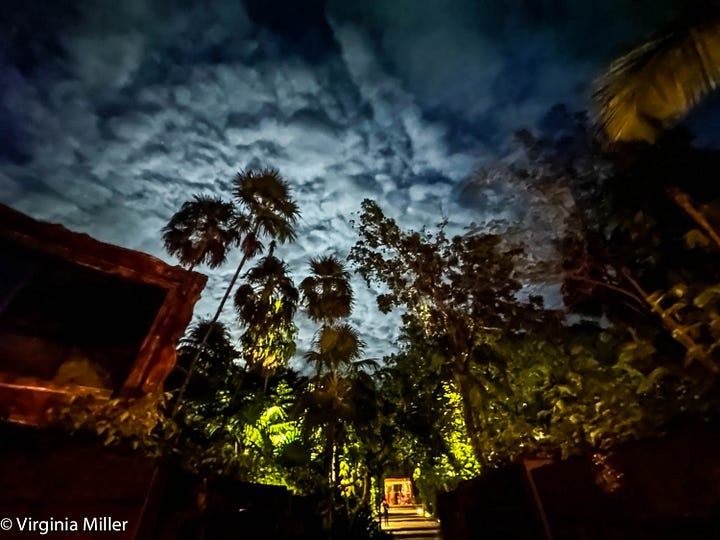

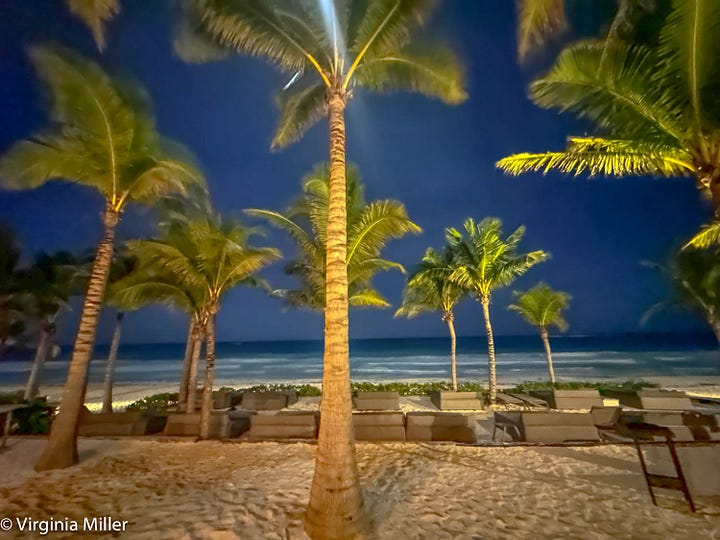
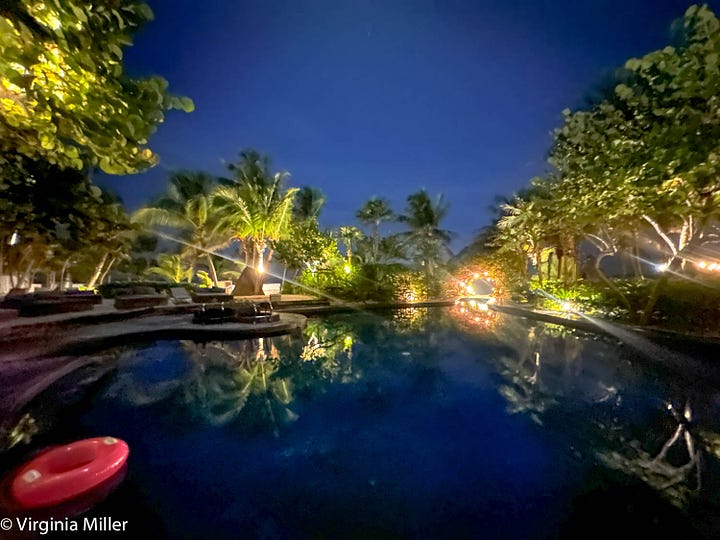
But the soul and joys of the region — one that grows all manner of tropical fruits, cacao and coffee — are rich. I tasted food from one of Mexico’s most exciting chefs, met one of the most engaged (and FUN) restaurant and bar teams anywhere in Mexico, toured cenotes with a historian of the region and absorbed the soul of the magical Yucatan. Moonlit walks on the white sand beaches of my Riviera Maya hotel also didn’t suck.
Though the staff and multi-ticket hassle of the Tulum Ruins were annoying, the ruins of this roughly 1200-1600 AD Mayan city are fascinating and beautiful, perched right on the sea. The region’s famed cenotes (underground, hidden caves naturally blessed with turquoise-water swimming holes) within about an hour drive of Tulum were otherworldly, particularly cleansing prayers with a Mayan shaman at one sunken, open cave. Visiting Casa Itzamna (see below) and the ancient Mayan village of Coba was another highlight, a peek into the pre-Colonization roots of this tropical Mexican peninsula.
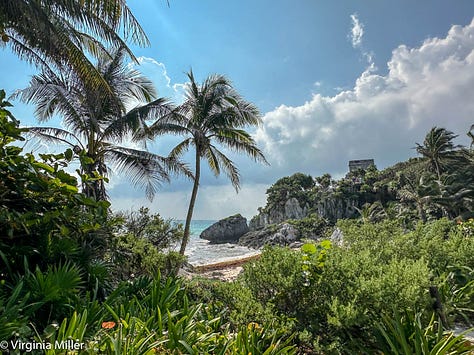
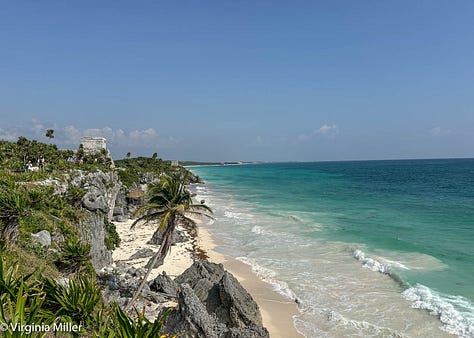
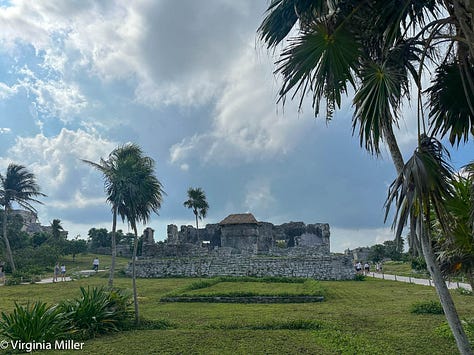
I’ve been a lover of Yucatecan food a good 25 years, long enjoying it in my home city of San Francisco with locals from the region there, and growing up in LA. Digging into the Mayan-rooted cuisine on its home turf only deepened my love (some key Yucatecan ingredients and historic dishes outlined here).
Though Tulum’s heavy stream of attention-seeking travelers is a downside — and, to be fair, I was there during the biggest, most insane music festival, Zamna — I gleaned much from my short visit, tasting and experiencing some brilliance I share here with you.



